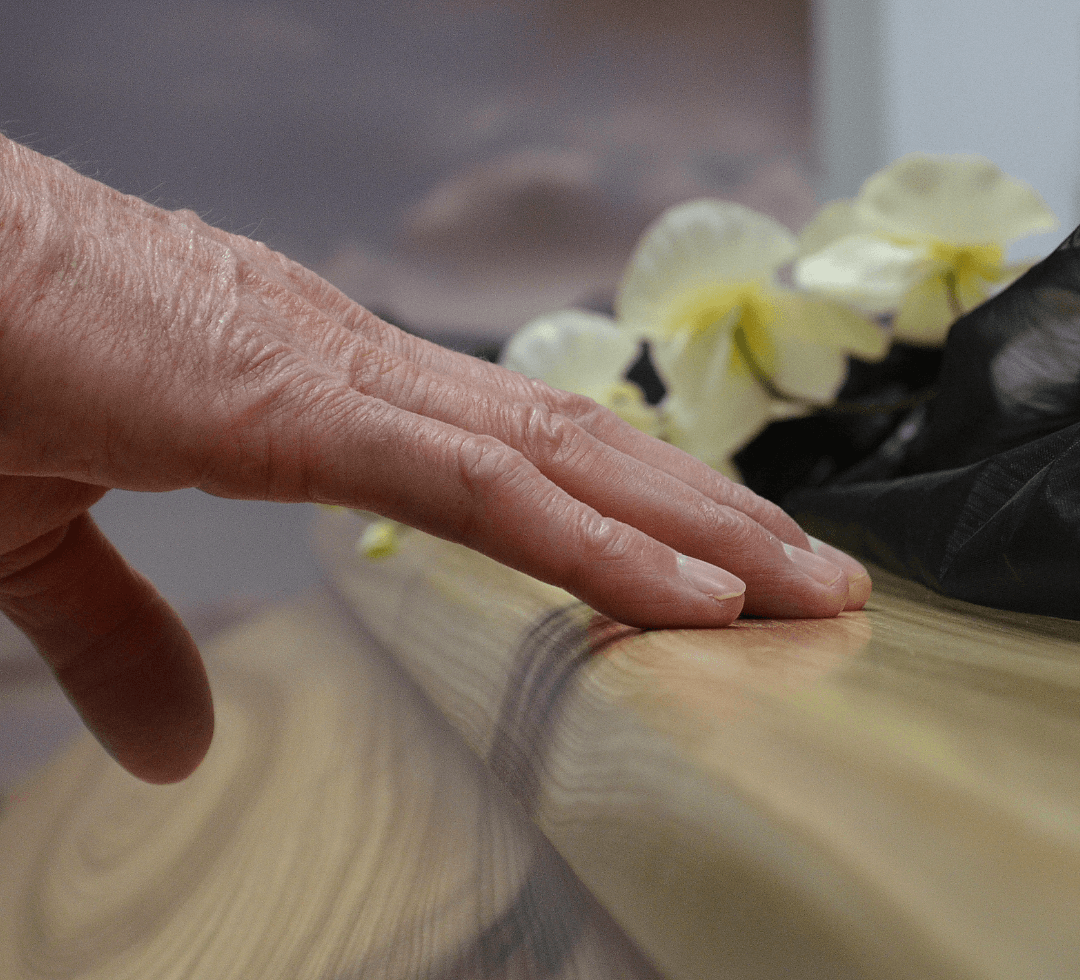One thing that we continue to try to emphasize in these educational posts is how valuable and simple green burials can be. As more and more awareness of our environment suffuses society, green burial questions are more common on the internet, in our funeral homes, in our email inboxes, and on social media. One of the most frequently asked question we get is whether cremation is actually more environmentally friendly. The answer is a definite “yes,” but there are some considerations that should be discussed as well.

The Scattering of Ashes
Though ashes are easily biodegradable and are absorbed back into the earth to help fertilize and nourish our planet, cremated remains are not all good for the soil. Our bodies are comprised of a variety of elements, and many of them are actually unhealthy for living things to process. Our bodies are an accumulation of the medications we’ve taken, the food we’ve digested, possibly the embalming fluids that were used to prepare us for a post-mortem viewing, and a variety of other substances that make our cadavers a cocktail of chemicals.
There are several ways to reduce this issue when considering the scattering of ashes. Some burial urns slowly release the ashes stored inside in safe amounts for the surrounding soil. There are spaces where the natural ecosystems have been polluted because of the amount of cremation ashes concentrated in one area. The nutrient and toxin levels in that small area become too high, and the soil can no longer process them.
However, scattering ashes is still a more eco-friendly way to lay to rest a body than burying a casket. The decaying of a body is accelerated an enormous amount by the cremation process, but you can be more aware of where to scatter ashes and how to make sure the ashes are not placed in a harmful way.
The Keepsake for Ashes
If you are not interested in scattering ashes, there are a variety of keepsakes available instead. These keepsakes can be a solution for the pollution problem that cremation ashes can cause. If you are looking to be as environmentally responsible as possible, we would just encourage you to research the variety of urns and keepsakes that are naturally manufactured and responsibly created. Keep in mind, however, that the amount of ashes that results in the cremation of a cadaver is fairly large. For the average female body, 4 pounds of ashes are the result of cremation, while the average male produces closer to 6. If you are planning to use a locket or bracelet to hold your loved one’s ashes, make a plan for the remaining ashes as well.
The Cremation Process
The cremation of a body does have an impact on the environment. Crematorium furnaces combust at very high temperatures, and it takes at least an hour to completely burn a body. Dental implants or other non-organic material is removed after the initial combustion process. This process is monitored closely and measured by computers, so the effect on the earth is as minimal as possible. It is definitely a green way to be buried!



